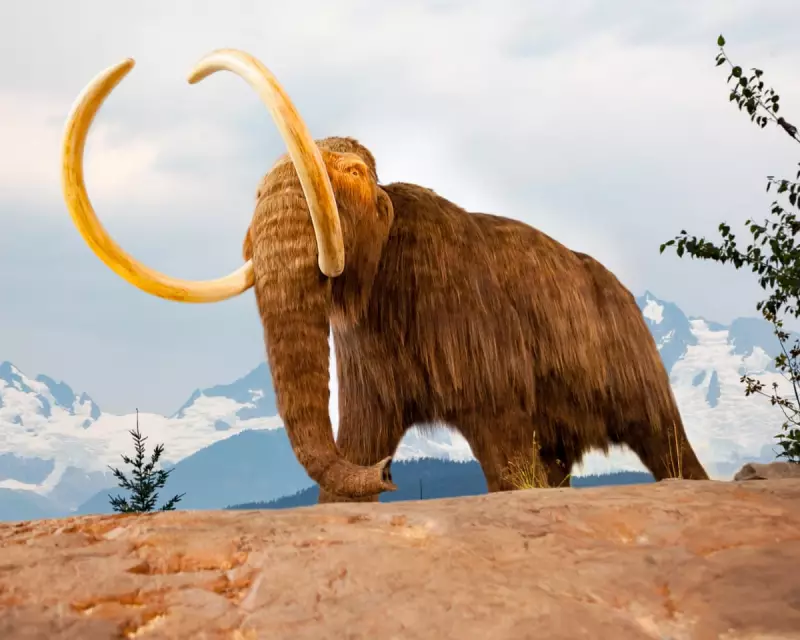
In an extraordinary scientific revelation, researchers are documenting how the world around us—from discarded plastic to urban wildlife—is being permanently etched into the geological record, creating what experts call the 'fossils of tomorrow'.
The Unfolding Geological Diary
Scientists have discovered that modern materials and biological remains are undergoing rapid fossilisation processes, capturing snapshots of 21st-century life in stone formations across the UK and beyond. This unprecedented phenomenon provides a real-time look at how future palaeontologists will interpret our era.
From City Streets to Stone Beds
Urban environments are proving to be particularly rich sites for this emerging fossil record. Concrete structures, asphalt surfaces, and even underground transport systems are acting as modern-day sediment traps, preserving evidence of contemporary life in ways that mirror ancient fossilisation processes.
Key findings include:
- Plastic materials undergoing chemical transformations that mimic traditional fossilisation
- Animal tracks and plant impressions being preserved in urban concrete and construction sites
- Microscopic particles from pollution creating distinct layers in sediment
- Construction materials acting as artificial 'rock' formations that encase modern artefacts
The Human Signature in Stone
What makes this contemporary fossil record particularly significant is how clearly it documents human influence on the planet. Unlike natural fossilisation processes from previous eras, today's geological formations contain unmistakable markers of human technology, consumption patterns, and environmental impact.
'We are witnessing the birth of a new geological archive,' explains one leading researcher. 'Future scientists will be able to read our story not just from what we intentionally preserved, but from the accidental traces we're leaving everywhere.'
A Window for Future Generations
This ongoing fossilisation provides a unique opportunity for scientists to study preservation processes as they happen, rather than interpreting events from millions of years ago. The research offers crucial insights into how different materials withstand the test of time and what aspects of our current world might survive to tell our story to distant generations.
The emerging fossil record serves as both a scientific treasure and an environmental warning—a permanent testament to how profoundly human activity has reshaped the natural world and its preservation processes.





